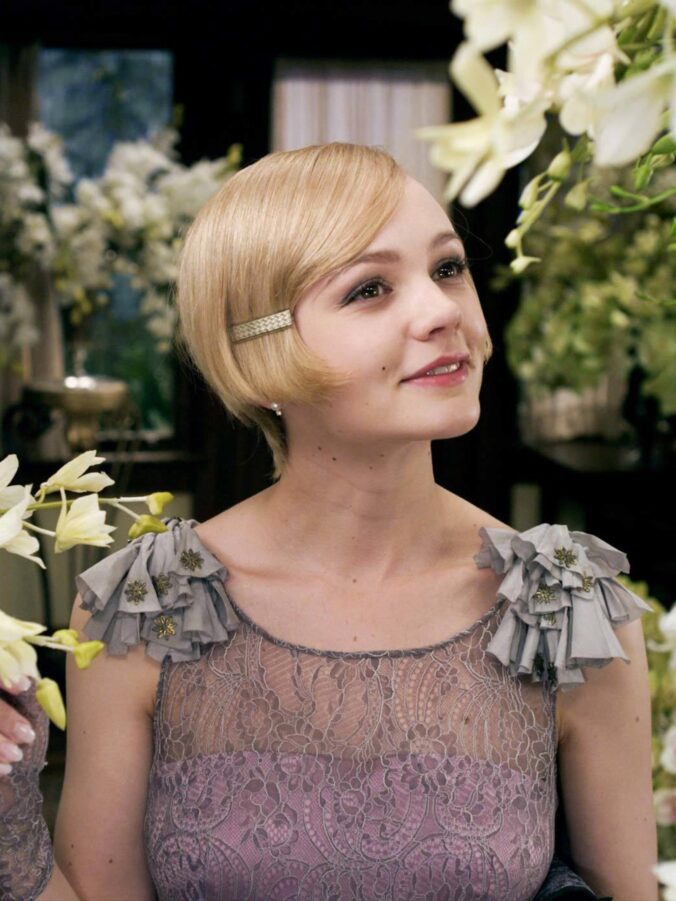Daisy Buchanan is a complex and multifaceted character in F. Scott Fitzgerald’s “The Great Gatsby,” often seen as a representation of the American Dream’s darker side and its inherent contradictions. On the surface, she embodies wealth, beauty, and charm, living a life of luxury in the opulent setting of East Egg. However, her character also reveals the emptiness and moral decay that can accompany the relentless pursuit of the American Dream, exposing the fragility of happiness that wealth can bring.
Daisy’s desire for wealth and status leads her to marry Tom Buchanan, a man of considerable fortune and privilege, but their relationship is riddled with infidelity, betrayal, and deep disillusionment. Despite the glamorous façade of her life, Daisy feels increasingly trapped within the stifling constraints of societal expectations and the superficiality of her surroundings. This reflects the unsettling idea that the American Dream, while alluring and seductive, can ultimately lead to profound dissatisfaction, disillusionment, and a painful loss of personal identity. Daisy’s journey serves as a cautionary tale about the dangers of prioritizing materialism over genuine emotional connection and fulfillment.
1. Enigmatic – Daisy has an air of mystery about her, making her intriguing to those around her.
2. Charming – Her beauty and grace captivate Gatsby and others, drawing them in.
3. Shallow – Daisy often prioritizes wealth and social status over deeper emotional connections.
4. Carefree – She appears to live a life of leisure, often avoiding the consequences of her actions.
5. Flighty – Daisy can be seen as indecisive and whimsical, often changing her mind or focus.
6. Tragic – Her character embodies the sadness of unfulfilled dreams and the emptiness of her privileged life.
7. Romantic – Despite her flaws, Daisy yearns for love and connection, particularly with Gatsby.

